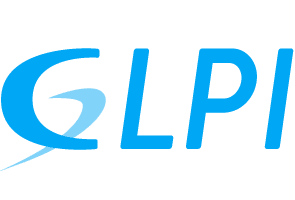How tags may be useful when using GLPI
GLPI has categories, types, and other kinds of options to categorize and split related objects into groups. Imagine you could gather different objects that have any relation. Be it a project, a client, a group of clients, a status, or even expand the possibilities of categorizing objects inside their already created categorization.
That’s what the plugin Tags does.
- The Tags plugin provides an extra ability to group objects in GLPI.
- Be it to improve workflows or just find objects that are related.
- It is available for everyone using a free Marketplace key or installing it directly from the official repository
It is exactly as, in a physical environment, labeling things to make sure that on a first look, we know that this object is part of something else.
Key features and benefits
Business rules integration: one of the standout features of the tag management plugin is its ability to integrate tags with business rules for tickets. This means that tags can be added to tickets based on pre-defined criteria.
Permission controls: to prevent an overload of unnecessary tags, the plugin offers essential permission settings. These settings ensure that only authorized personnel, typically administrators, can create and manage tags. This level of control helps maintain a clean and orderly tag system, preventing misuse and clutter that could complicate asset and ticket management.
Administrative control: the focus on administrative control within the tag management system ensures that tags are created in a structured and thoughtful manner. By centralizing tag creation and management, GLPI ensures that the tagging system remains an effective tool for organization and doesn’t become a source of confusion. There is also the ability to add colors to tags, so it becomes easier to find groups at first sight.
Practical applications in GLPI
The practicality of the tag management plugin shines across various applications within GLPI. Here are a few examples:
- Asset Management: tags can categorize equipment by groups of equipments, projects, impact to the company, legacy hardware, making it easier to manage inventories and track asset lifecycles.
- Ticket Management: applying tags to tickets can help categorize issues by urgency, type of problem, or affected kind of client – level of subscription, for example since it is possible to tag an entity and use the view of entity tags across other lists -, streamlining the support process and improving response times.
These applications demonstrate the versatility and utility of the tag management system in everyday scenarios, making it an essential tool for any GLPI user.
There are also some unusual ways of using the Tags plugin. The administrator’s creativity is the limit.
- Tag positive and negative feedbacks inside tickets
- Tag if a user needs some training
- The product team may be looking for negative feedbacks to target changes for the next releases and may use the team tagging negative feedbacks for that.
- Maybe the writers can look for a tag “needs doc” to find new articles to write
The Tags plugin is a powerful extra resource to GLPI, offering significant improvements in efficiency and organization. By utilizing this tool, service departments may ensure that their resources are used effectively, and that information is always at their fingertips, and with fewer clicks.
Have you discovered any unique uses for tags in your environment?
Useful links
https://faq.teclib.com/04_Plugins/Tags/
https://glpi-plugins.readthedocs.io/en/latest/tag/index.html
